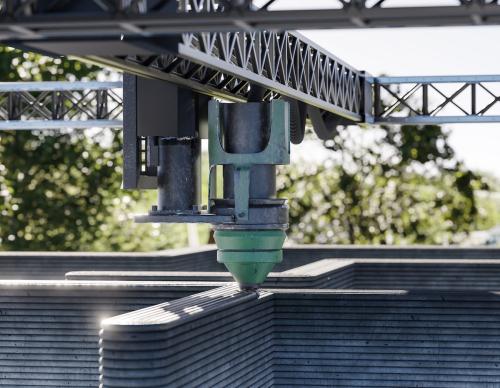In the debate over whether the United States should pursue a new generation of nuclear weapons designed to target underground bunkers and weapons of mass destruction, non-nuclear options for destroying those same facilities have been inadequately explored. Irrespective of their views on the desirability of developing new nuclear arms, most analysts have argued or assumed that a direct non-nuclear attack on a chemical or biological agent stockpile would either be ineffective in destroying that target or would spread live agent downwind, potentially endangering masses of civilians. This has consistently been the backdrop against which nuclear options are judged. But it is not necessarily correct.
I will address two problems that have plagued assessments of non-nuclear agent-defeat weapons. First, for non-nuclear (and nuclear) weapons that neutralize their targets using heat, analysts have tended to be overly pessimistic in assessing the threshold temperature for target neutralization. Second, analysts have tended to focus narrowly on high explosives as the alternative to nuclear arms, ignoring a host of non-nuclear technologies other than primitive bombs.1 2
Most agent defeat options—including nuclear weapons and high-explosives—neutralize chemical or biological agents by raising the target’s temperature.3 Thus, to assess any weapon’s effectiveness, we must first determine the threshold temperature for rapid agent neutralization. Most studies have assumed that a threshold temperature of between 1000-1500 K must be sustained for times on the order of at least tens of milliseconds (some suggest several seconds), independent of the target agent.4 But while such exposures may be necessary to neutralize certain agents, they are far from necessary for neutralizing most agents—including the most dangerous ones—as we show below.



Commentary
TestimonyAgent Defeat Weapons
April 27, 2004